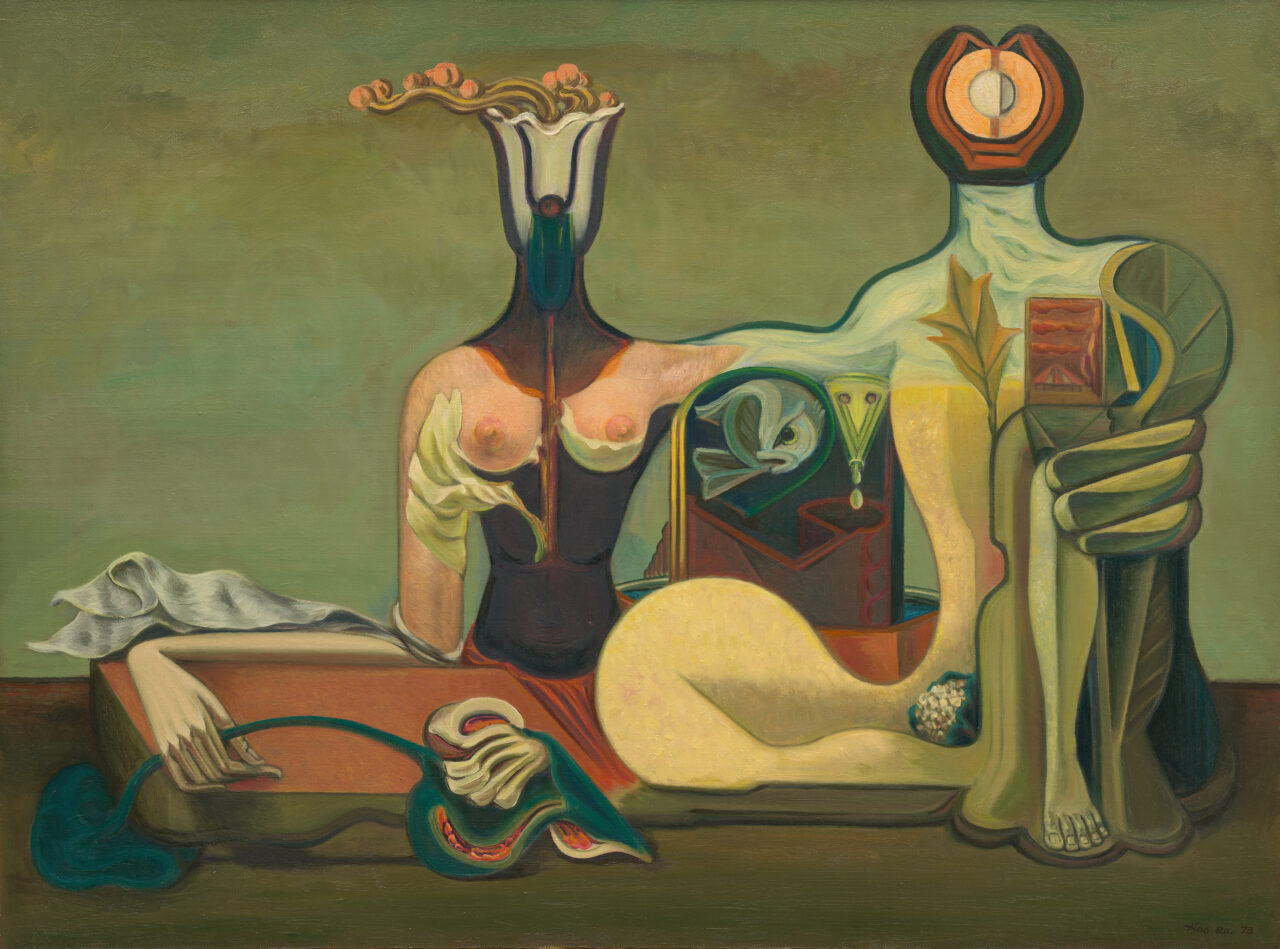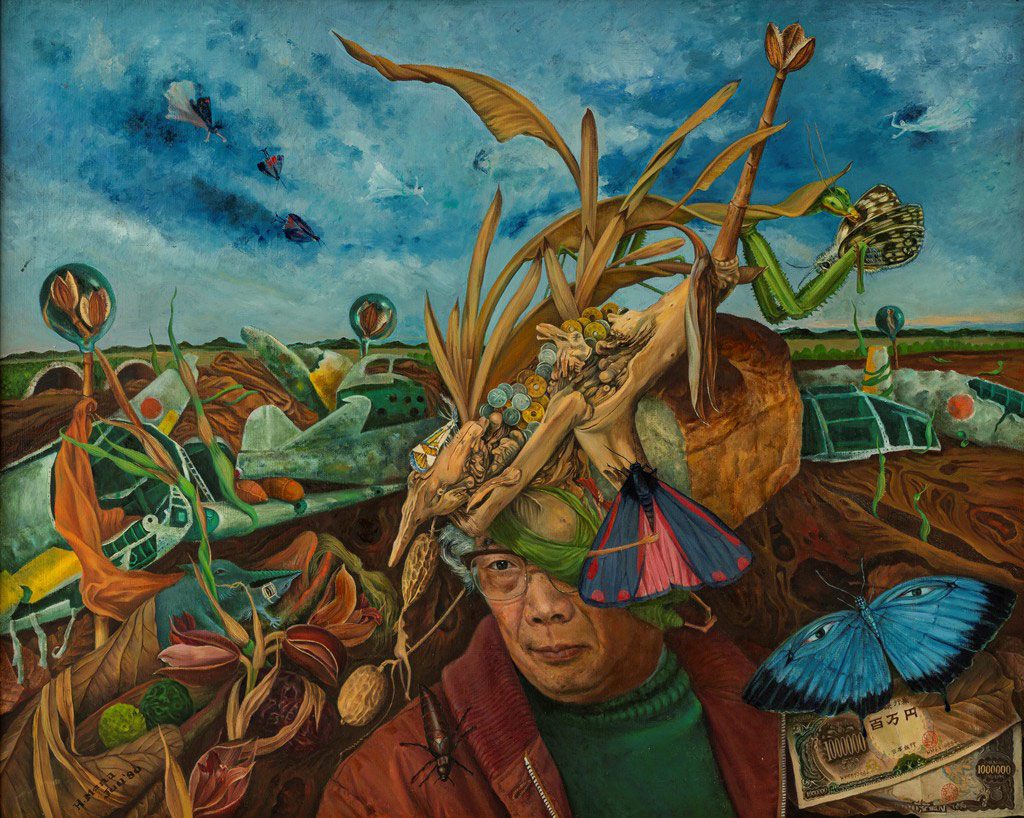PRESENTATION: Surrealism and Korean Modern Art
Surrealism first emerged in France as an artistic approach that sought liberation from all forms of oppression confining the human spirit. By the late 1920s, it had expanded throughout the world as a revolutionary movement to resolve crucial life issues. In the Korean art world, it was practiced by several artists studying in Japan, including Kim Whanki, Lee Jungseop, and Yoo Youngkuk from the late 1930s to the early 1940s, however it was not pursued actively afterward due to social factors such as colonization, war, and division of nation.
By Dimitris Lempesis
Photo: MMCA Archive
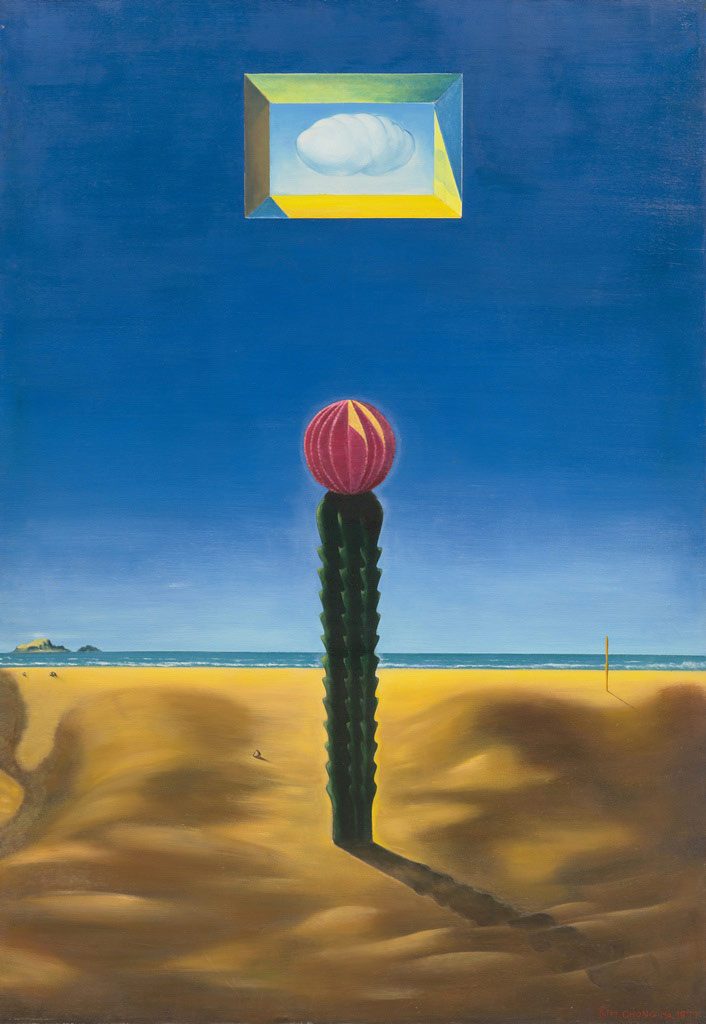
“Surrealism and Korean Modern Art” is the second exhibition in the series of “Rediscovery of Korean Modern Artists,” initiated in 2019 with the aim of restoring a richer art history by uncovering and shedding new light on artists who had been overlooked in twentieth-century history of Korean art. The exhibition introduces six unknown artists who showed surrealistic qualities rare in Korean art scene. While surrealism may never have risen to the mainstream of Korean art, certain artists dedicated their lives to it in spite of the world’s lack of attention. Six artists in particular: Kim Ukkyu (1911-1990), Kim Chongnam (also known as Manabe Hideo, 1914-1986), Kim Chongha (1918-2011), Shin Youngheon (1923-1995), Kim Younghwan (1928-2011), and Park Gwangho (1932-2000) who explored and perfected their own surrealistic visions rather than pursuing the era’s prevailing avant-garde approaches of abstract, experimental, and Minjung art*. The exhibition consists of two parts. Before introducing the six aforementioned artists, it adopts a cultural translation perspective to examine how surrealism was received and developed in Korea since the term first emerged in the late 1920s and early 1930s. In Gallery 1, the first section, “Existence Is Elsewhere”, takes its title from the last sentence of the “Manifesto of Surrealism” by André Breton, a representative figure in 20th- century surrealism. The works presented here are those in which the surrealist legacy can be found even when the artists themselves were not consciously considering surrealism. They include creations that offer experiences with unreasonable dreams, unconscious worlds, and different dimensions of reality, as well as others that use key surrealist techniques such as automatic writing, dépaysement, collage, double images, and distortions to achieve effects of randomness, wonder, and revolutionary possibilities. The second section, which continues from Galleries 2 to 4, turns its focus to the six representative artists. Gallery 2 presents work by Kim Chongnam(Manabe Hideo) and Kim Ukkyu who studied in Japan during the 1930s put them in direct contact with Japanese surrealists, which was then regarded as a cutting-edge artistic approach alongside abstraction. Kim Chongnam(Manabe Hideo), a native of Sancheong, Gyeongsangnam-do, who is more widely known under his Japanese name Manabe Hideo, has continued to live and produce art in Japan after graduating from Nihon Art School. In his works filled with camouflaged creatures, one can sense the deep anxiety of the artist who had to live as both Japanese and Korean. He applied a subtle expressive approach reminiscent of a “hidden picture” style to represent his own internal conflicts stemming from his Zainichi Korean identity. Kim Ukkyu was born in Hamgyeongnam-do (part of today’s North Korea), studied at the Kawabata School of Painting. His work is deeply imbued with the traumatic experience of separating from his family and hometown during the Korean war, when he left behind his wife and children, and relocated to South Korea. After struggling to earn a livelihood by painting portraits at US military bases, Kim isolated himself from the society since the 1970s, devoting himself exclusively to his artistic work and perfected his own surrealist world alternating between dreams and reality, life and death, and hope and despair. Gallery 3 presents the works of Kim Chongha and Park Gwangho, two artists whose paintings represented intimate desires and erotic fantasies rather than confining themselves to the themes that were emphasized in Korean modern art such as modernization of tradition, and exploration of national identity. Kim and Park interacted more with the art world than the other four examined in the exhibition, with activities that included serving as jury members for the National Art Exhibition or teaching at colleges. Kim Chongha who studied western-style painting at Teikoku Art School in Japan in his youth, began exploring surrealism in earnest when he moved to France in 1956. He applied realistic techniques to create a sensual and mythical world. Park Gwangho made series such as “Tying”, “Home”, “Yin/Yang”, “Concave/Convex” and “Group” to show suppressed sexual or fetishistic desires. He applied his theoretical research about surrealistic objects or fantastic objects into his own works. Gallery 4 presents works by Kim Younghwan and Shin Youngheon. In terms of their images, spatial compositions, and techniques, they got inspiration from those of Giorgio de Chirico and Salvador Dalí. However, both of the artists, the first generation educated at the Korean art colleges that were established in the wake of the peninsula’s liberation, they developed unique surrealist world founded on Korean modern history as well as history of modern art. Born in Anbyeon in Hamgyeongnam-do (part of today’s North Korea), Kim Younghwan graduated from Hongik University and began his career by taking part in modern art movements characterized by opposition to the National Art Exhibition. He would soon distance himself from the art world and explore his own world of figurative art, geometric abstraction, and animism with strong literary and enigmatic elements. Shin Youngheon, a native of Pyeongwon in Pyeongannam-do (also in North Korea), studied Western painting at Seoul National University. Known primarily as a painter of displaced people and religious themes, he used bizzare combinations with human forms to represent the landscapes of his homeland amid its suffering from war and division of nation, along with cities that had been dehumanized by capitalism.
*Minjung art emerged in South Korea during the 1970s and 1980s as part of the broader Minjung movement, which advocated for democracy and social justice. This art form was deeply political, reflecting the struggles of the working class and resisting authoritarian rule. Minjung artists used various mediumsto create works that were often used in protests. Their style was figurative and narrative-driven, aiming to depict the realities of everyday people rather than abstract concepts. Artist collectives played a significant role in shaping Minjung art, emphasizing collective authorship over individual recognition. Over time, Minjung art evolved, and in the early 1990s, “post-Minjung” artists revisited and reinterpreted its legacy. Today, Minjung art continues to influence contemporary South Korean artists, shaping discussions around democracy, activism, and social change.
Photo: Kim Chongnam(Manabe Hideo), My Landscape, 1980, oil paint on canvas, 73×91.5cm, courtesy of the artist’s family
Info: National Museum of Modern and Contemporary Art (MMCA) Deoksugung, 99 Sejong-daero, Jung-gu (Jeong-Dong), Seoul, South Korea, Duration: 17/4-6/7/2025, Days & Hours: Tue, Thu-Fri & Sun 10:00-19:00, Wed & Sat 10:00-21:00, www.mmca.go.kr/
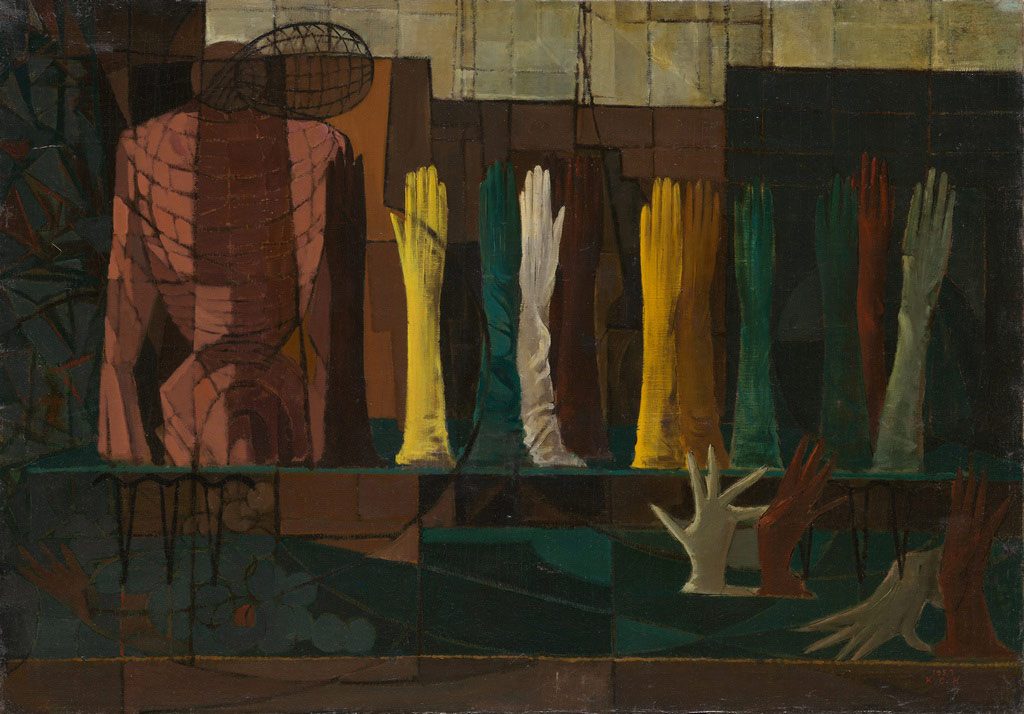
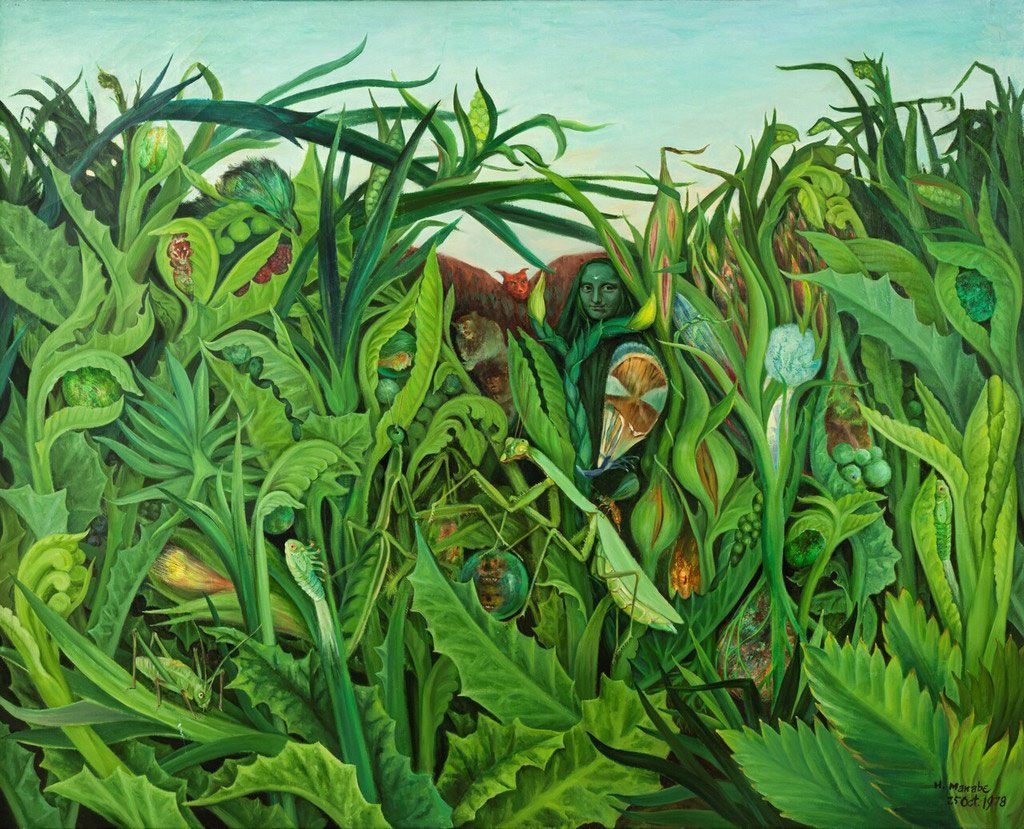

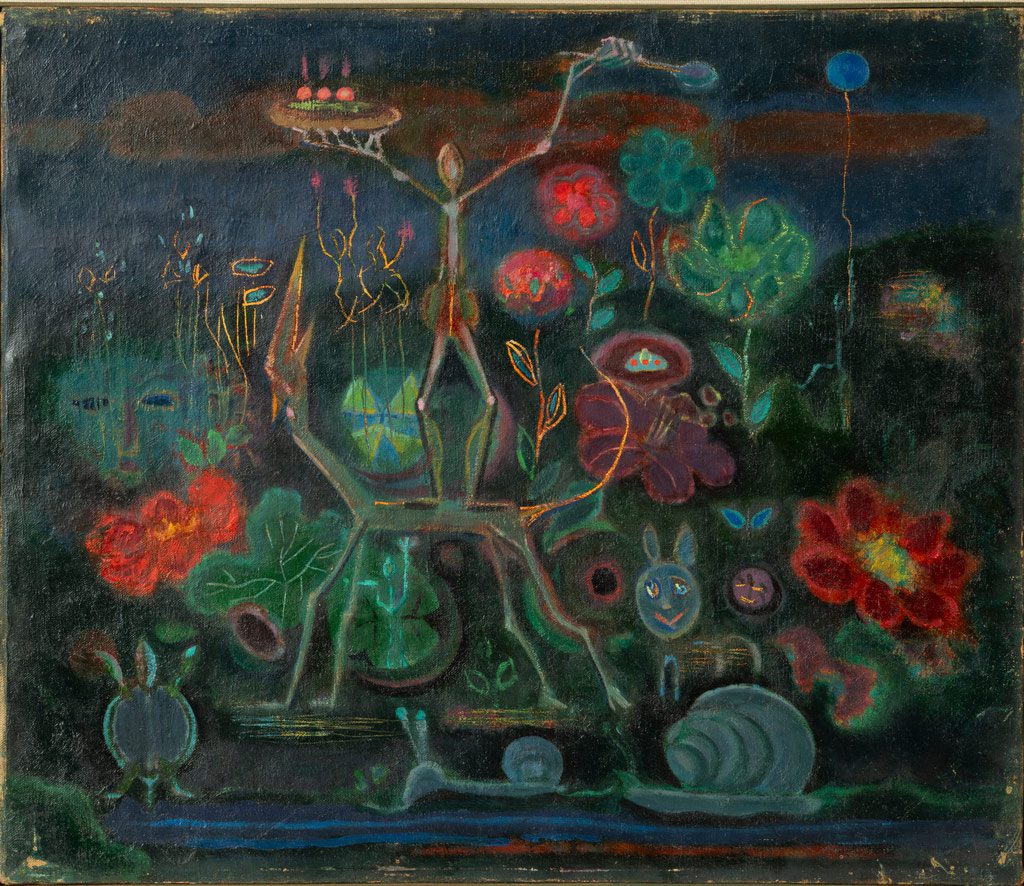

Right: Kim Ukkyu, no title, mid 1960s-early 1970s, oil paint on canvas, 60×50cm, courtesy of the artist’s family
